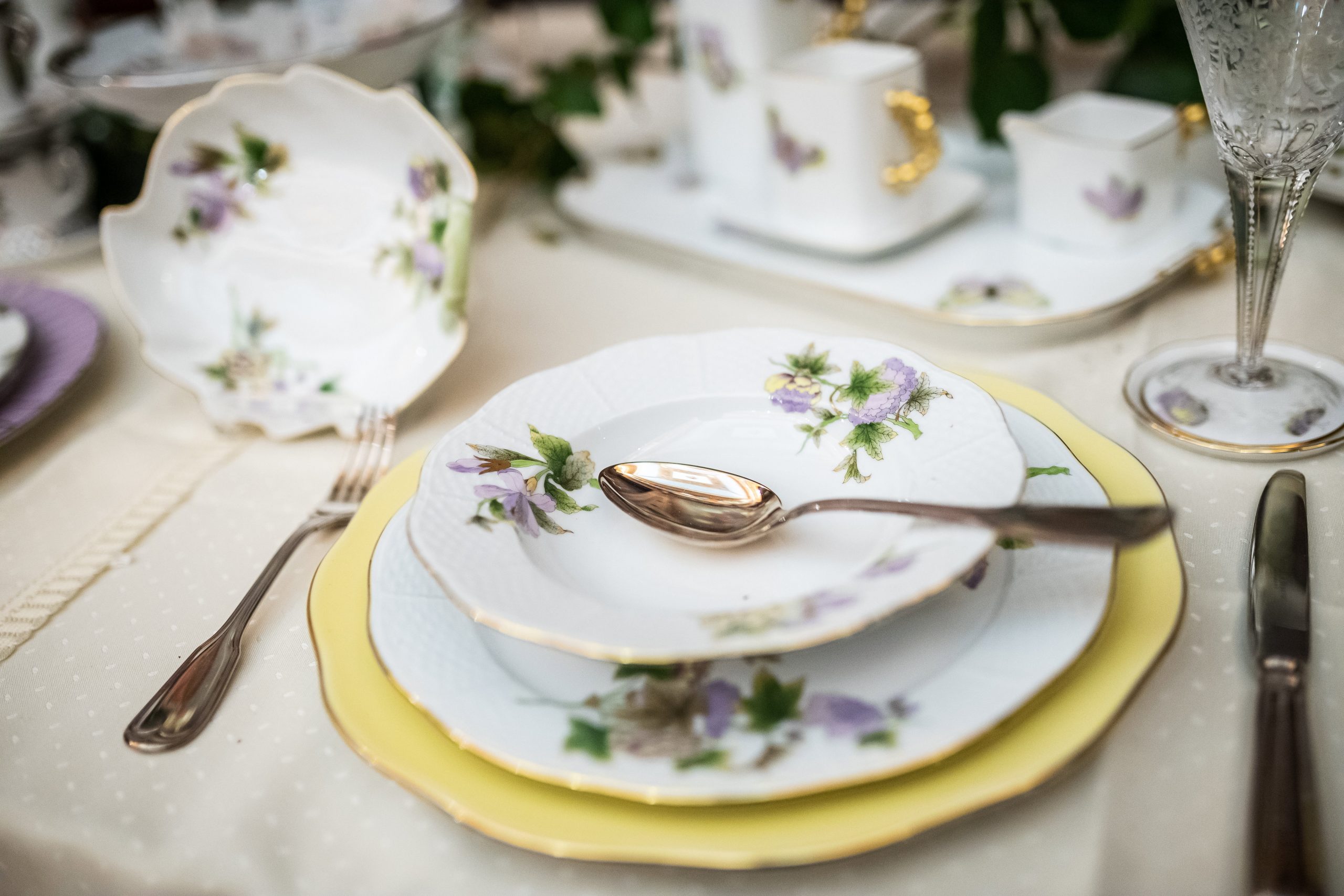
Herend porcelain is one of Hungary's best known and most recognized brands, sold in almost every corner of the world.Continue reading
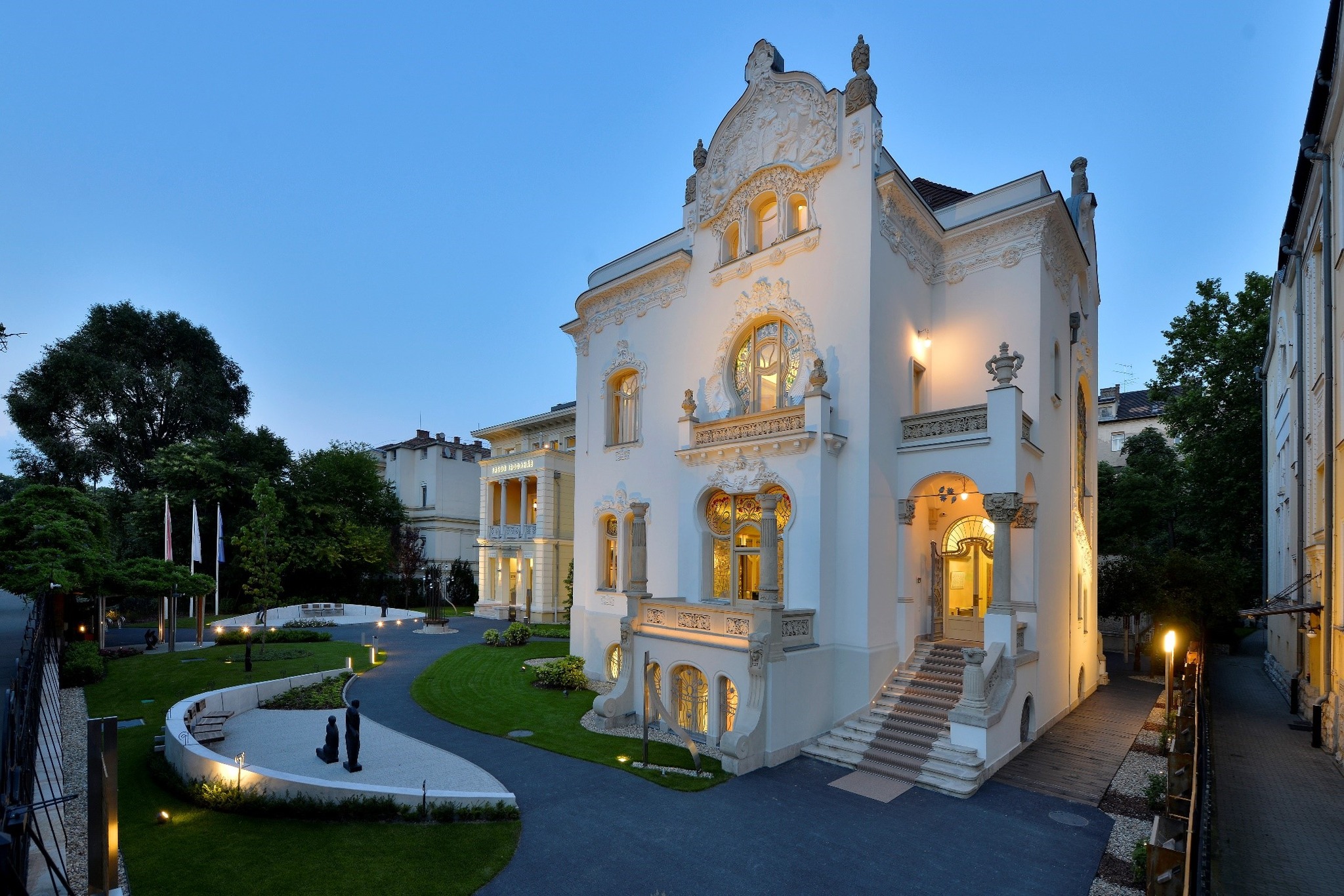
Liget Budapest Project will host the largest Zsolnay porcelain exhibition in the capital, opening on Tuesday in one of the city’s most beautiful Art Nouveau villas, writes Turizmus.com.
The largest Zsolnay porcelain exhibition in Budapest will enrich the cultural offer of Városliget (City Park) and its surroundings from September 26, in one of the capital’s most beautiful Art Nouveau villas, the ResoArt Villa.
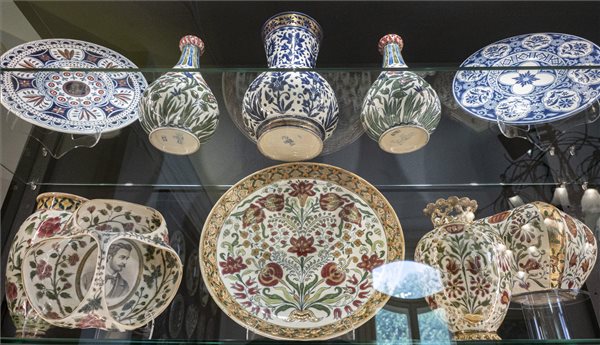
Photo via MTI/Szigetváry Zsolt
The exhibition will be accompanied by exciting building tours, including a tour of the Millennium House, which has been renovated thanks to the Liget Budapest Project and is richly decorated with Zsolnay ceramics.
The ResoArt Villa was purchased by András Szabó’s company, Resonator Kft., in the mid-1990s, and renovated in two phases, based on archival photographs.
The exemplary reconstruction was awarded the Budapest Architectural Award in 1999, and the Podmaniczky Prize in 2000.
The building was used as an office until 2022, when Szabó decided to move the most important pieces of his unique art collection into the villa, creating the largest Zsolnay exhibition in the capital. The 1,000-piece collection presents the success story of Zsolnay ceramics from the 1870s, to the end of the 1920s.
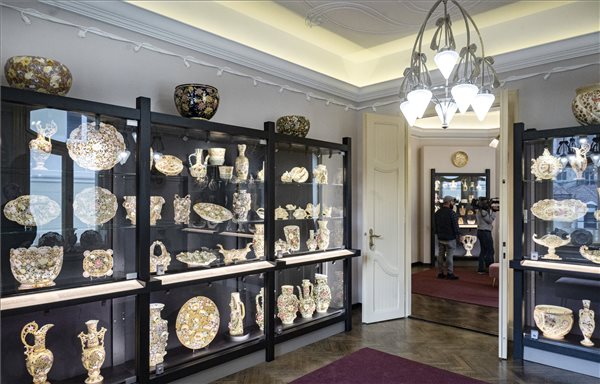
Photo via MTI/Szigetváry Zsolt
During guided tours, visitors can discover the outstanding works of the first 50 years of the golden age of Zsolnay ceramics, as well as the fascinating pieces of the Art Nouveau collection. The exhibition reveals the characteristics of the ‘Zsolnay philosophy:’ a cavalcade of forms, patterns, techniques and color variations, and the diversity and richness of shapes and patterns.
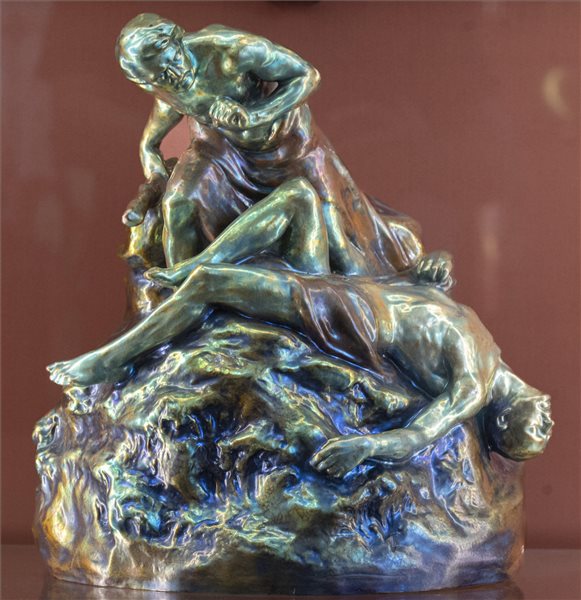
Eosin glazed ceramic. Photo via MTI/Szigetváry Zsolt
The most expensive piece in the Zsolnay collection is the 185cm high vase that once stood in the Gellért Hotel. The vase was sold to the collector at auction for HUF 16 million (EUR 41,146).
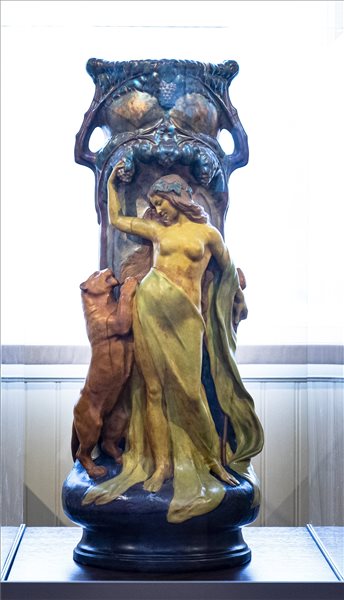
Eosin glazed ceramic. Photo via MTI/Szigetváry Zsolt
The ResoArt Villa was designed by architect Albert Kálmán Kőrössy for his family in 1899. The villa blends the Hungarian style of Art Nouveau with the prevailing international stylistic features of the period. The villa’s facade is richly ornamented and is divided by a series of articulated wall planes with a variety of window shapes. Peacocks, lion’s heads, and sprawling vines line the stained-glass windows, while allegorical figures from painting, sculpture, and architecture can be seen on the gable wall.
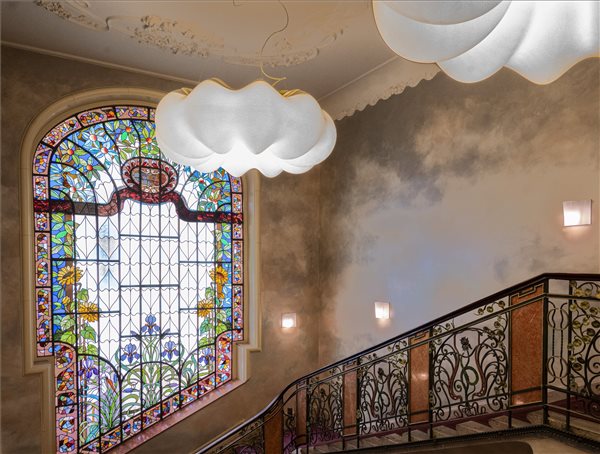
Photo via MTI/Szigetváry Zsolt
Entering the house, we can admire the huge glass window, designed by Miksa Róth, the greatest master of Art Nouveau Hungarian glass art.
Via turizmus.com, Featured image via Facebook/ResoArt Villa